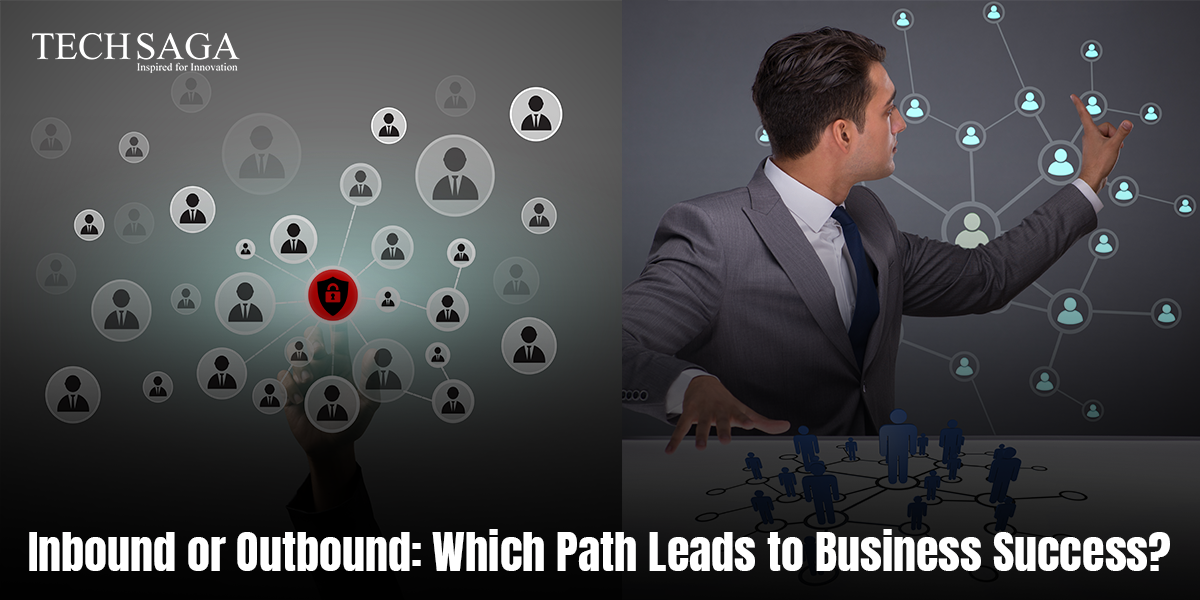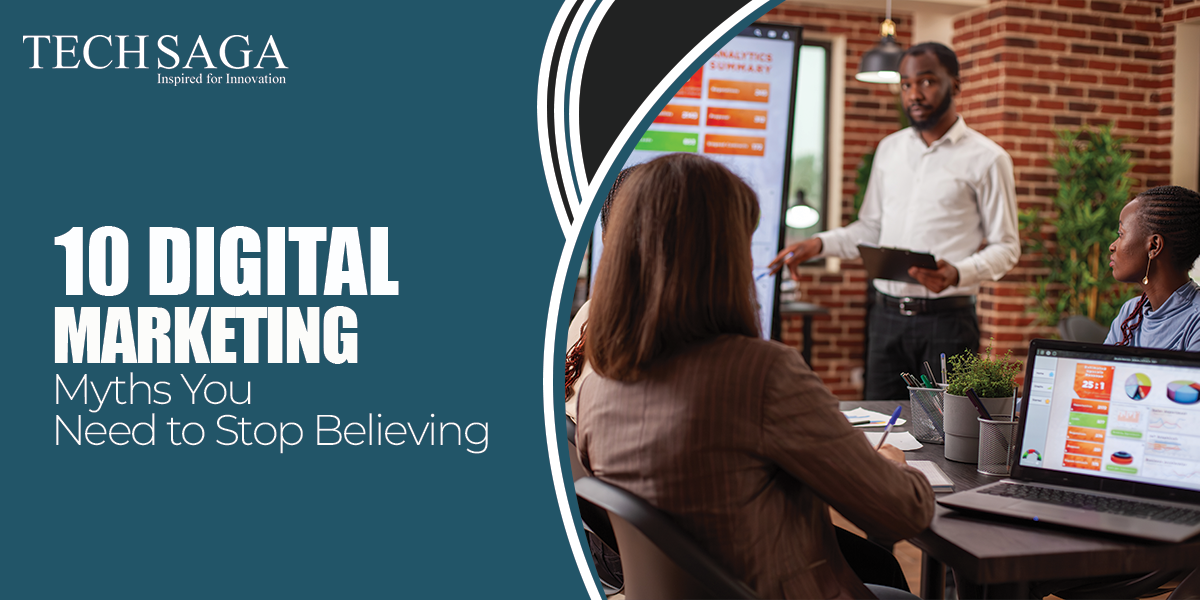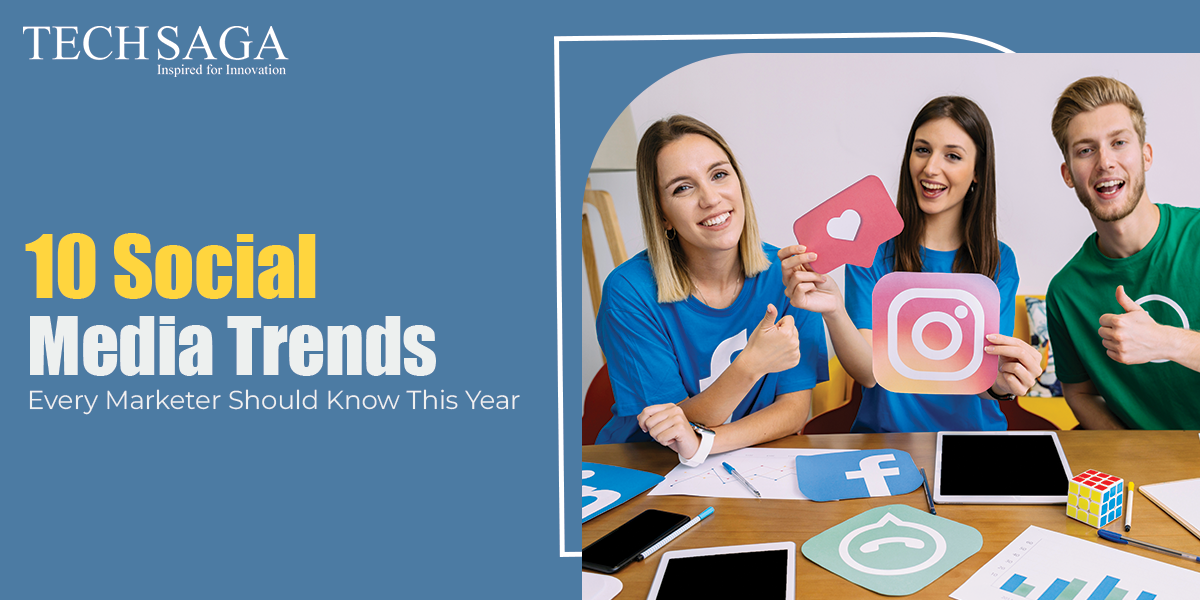Team Techsaga
Gain valuable insights and stay updated with the latest innovations through our engaging blog. Explore trends, technology advancements, and expert opinions to navigate the ever-evolving world of IT.
Inbound or Outbound: Which Path Leads to Business Success?
It might be very confusing to look into marketing techniques in the world of science and technology. It may make more sense to spend money on conspicuous advertising, go to trade shows, or concentrate on online media. Don’t worry, though; knowing the differences between outbound and inbound marketing will make your decision-making process easy. While outbound marketing reaches out to consumers using typical methods like phone calls and advertisements, inbound marketing brings people in with interesting web content. Each approach has advantages as well as disadvantages. So, how can you modify your approach to speak to your audience more effectively? Don’t forget to consider taking advantage of the valuable information a digital marketing agency may provide—it can completely change your future!
Distinguishing Inbound from Outbound Marketing Strategies
The goal of inbound marketing is to attract new clients by offering helpful internet resources and solutions. Reaching out to potential clients via direct sales techniques and standard advertising through outbound marketing.
Inbound Marketing strategies:
– Focuses on informative digital content, targeting specific audiences to address consumer needs.
– Utilizes interactive forms such as social media posts, blogs, reports, and webinars.
– Tailors messaging to individual consumers.
– Employs an all-encompassing strategy across multiple digital channels.
– Measurable through digital marketing software.
Outbound Marketing strategies:
– Relies on non-digital content to capture consumer attention and sell products.
– Utilizes direct mail, magazine ads, billboards, and TV commercials, often with a passive approach.
– Messaging aims to stand out among countless daily ads consumers encounter.
– Adopts a linear strategy with limited channels.
– Attribution from physical advertising is challenging to measure.

What characterizes inbound marketing?
Inbound marketing is all about pulling customers toward your products and services. Nowadays, around 63% of consumers kick off their shopping journey online, actively seeking out solutions for their needs or problems.
To grab their attention, inbound marketing should focus on the content that must directly address how your offerings can meet their needs, whether it’s through explaining product benefits, answering industry-specific questions, or offering solutions to their problems. Various content formats such as blogs, videos, guidebooks, and other online materials can achieve this goal effectively.
Moreover, these content pieces provide an opportunity to set your product apart from competitors. You can incorporate product comparisons, compelling testimonials, competitive pricing details, and stellar reviews across your content channels like podcasts, social media, or reports.
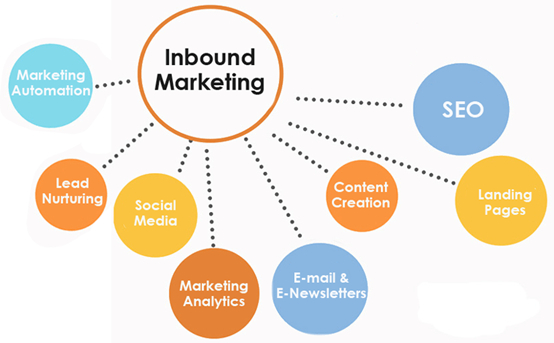
The Vital Role of Inbound Marketing
Inbound marketing caters to customer needs across various marketing categories like content marketing, email marketing, social media marketing, and digital marketing. Integrating inbound strategies into campaigns can yield significant benefits. This approach prioritizes content creation over direct sales, focusing on providing comprehensive information about brand offerings.
Inbound marketing serves to educate customers seeking product information. According to a recent Amazon survey on consumer behavior and product discovery, more than half of respondents conduct online product research. Brands can leverage inbound marketing to ensure relevant information and resources are readily available on their website or social media platforms.
Inbound marketing offers numerous benefits
Deciding If Inbound Marketing Aligns with Your Company’s Goals
- Inbound marketing respects prospect’s time, as they can engage with your blog posts or attend webinars at their convenience.
- Educational in nature, inbound marketing content is tailored for each stage of the sales funnel.
- Inbound marketing provides quantifiable results, with each aspect of the strategy tied to monitored metrics over time.
- Continuous updates to your website and content ensure that inbound marketing consistently generates leads over time. Moreover,
Challenges of inbound marketing
Certainly, inbound marketing may not suit every company, as there are drawbacks to exclusively prioritizing digital content:
– Requires ongoing maintenance: Continuous efforts are necessary to ensure that content remains aligned with the evolving wants and needs of consumers.
– Demands significant time and effort: Developing and testing various content strategies to attract customer conversion is a time-intensive process.
– Mandates a comprehensive strategy: Investing in tools is essential to facilitate the implementation of integrated, cross-channel campaigns effectively.
What is outbound marketing?
Outbound marketing aims to reach a large audience in hopes of generating sales. This strategy operates on the premise that the wider the audience reached, the greater the potential return.
Traditionally, outbound marketing utilizes methods such as direct mail, events, billboards, cold calling, newspapers, radio, and TV advertisements. However, it also extends to modern technologies like pay-per-click advertising and spam emails.
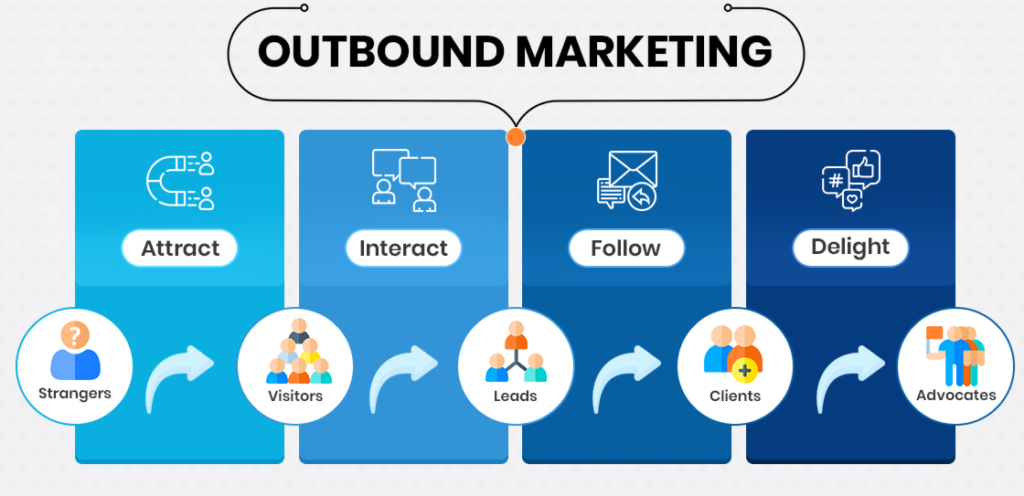
Benefits of outbound marketing.
Outbound marketing offers distinct advantages that warrant attention.
- It boosts brand awareness by reaching individuals unfamiliar with your offerings.
- This approach often delivers immediate results, as interested prospects are inclined to act on ads and make purchases promptly.
- Consumers are accustomed to outbound marketing, finding comfort in traditional mediums like print and television, potentially instilling greater trust in these familiar formats.
Challenges of outbound marketing
Outbound marketing presents challenges that deserve consideration:
– Outbound marketing tends to be more generalized, making it challenging to tailor messages to diverse audiences.
– Consumers easily tune out outbound marketing efforts, such as muting TV commercials or discarding junk mail.
– Measuring effectiveness proves difficult, especially for strategies like billboards.
– Outbound marketing comes with significant costs, including expenses for trade shows, banner ads, and billboard placements.
Overall, outbound marketing emphasizes broadcasting messages broadly, whereas inbound marketing adopts a more targeted approach. While outbound efforts may yield conversions, they often entail high acquisition costs.
Start Your Marketing Journey: Inbound vs Outbound Strategies
Regardless of the marketing approach you choose, it’s essential to stay updated with the ever-changing marketing landscape.
Our platform specializes in:
1- Consumer marketing
2- Mobile Marketing
3- Email marketing
4- Account-based marketing
5- Revenue attribution
6- Lead management
Our platform has helped hundreds of enterprise clients achieve their inbound and outbound marketing goals by suggesting new ways to engage with your customers at scale.
Start unlocking the power of inbound and outbound marketing today, with Techsaga the Digital marketing agency in Noida.

TAG: Digital Marketing
